Have you ever watched a cat glide across a room, cool as a cucumber, seemingly oblivious to the chaos around them? It’s almost as if they have mastered the art of emotional boundaries, drawing invisible lines that no one dares to cross unless invited. As humans, we often struggle with setting limits, letting emotions from others spill into our own lives. But cats—oh, they’re a different story. They know how to protect their peace. Could it be that our feline friends are better at managing emotional boundaries than we are? Let’s dive deep into the mysterious and inspiring world of cats and their boundary-setting superpowers.
The Feline Approach to Personal Space

Cats are famous for their love of personal space. Unlike some animals who crave constant attention, cats happily slink away to their favorite napping spot when they’ve had enough. Their body language is clear: a flick of the tail, flattened ears, or a slow blink says, “I need a break now.” This clear communication is something many people could learn from. Instead of feeling guilty about needing alone time, cats seem unapologetically content in their solitude. It’s almost enviable how they prioritize their own comfort without second-guessing themselves.
Consistent Signals: The Cat Way of Saying “No”
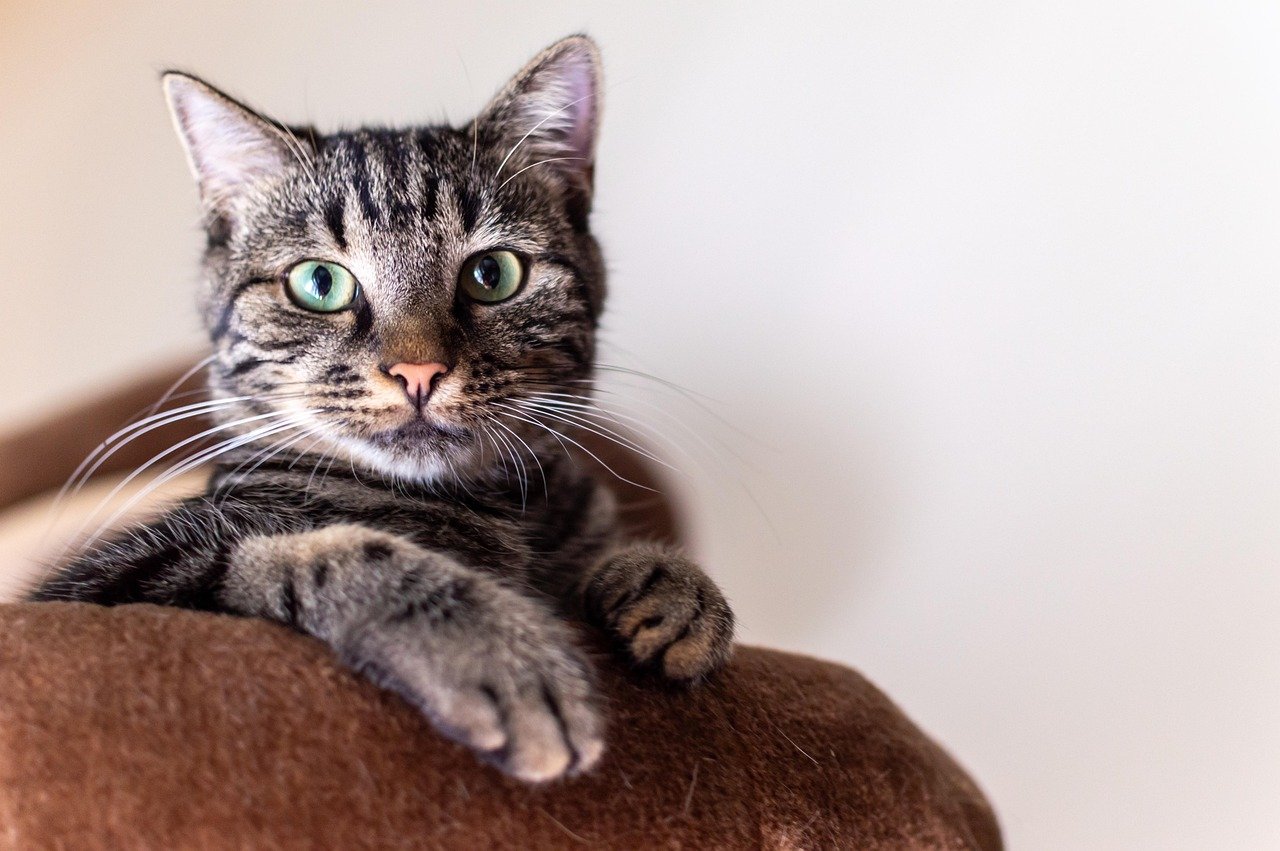
If a cat doesn’t want to be petted, you’ll know it. They use consistent signals, whether it’s a gentle nudge away or a swift retreat under the bed. This clarity is vital in setting boundaries. Humans, in contrast, often send mixed messages—saying yes when we mean no, or hoping others will guess our limits. Cats show us that a clear, firm “no” is not only acceptable but respected. Their consistency in communication leads to far fewer misunderstandings and hurt feelings.
Prioritizing Self-Care Without Guilt

Self-care is second nature to cats. Grooming, napping, and stretching are rituals they never skip. Unlike people, who might push themselves to exhaustion to meet others’ expectations, cats honor their needs first. Watching a cat curl up in a sunbeam, you can’t help but wonder how much happier we’d be if we allowed ourselves such guilt-free rest. Their unwavering commitment to self-care is a lesson in self-respect and energy management.
The Art of Selective Socialization
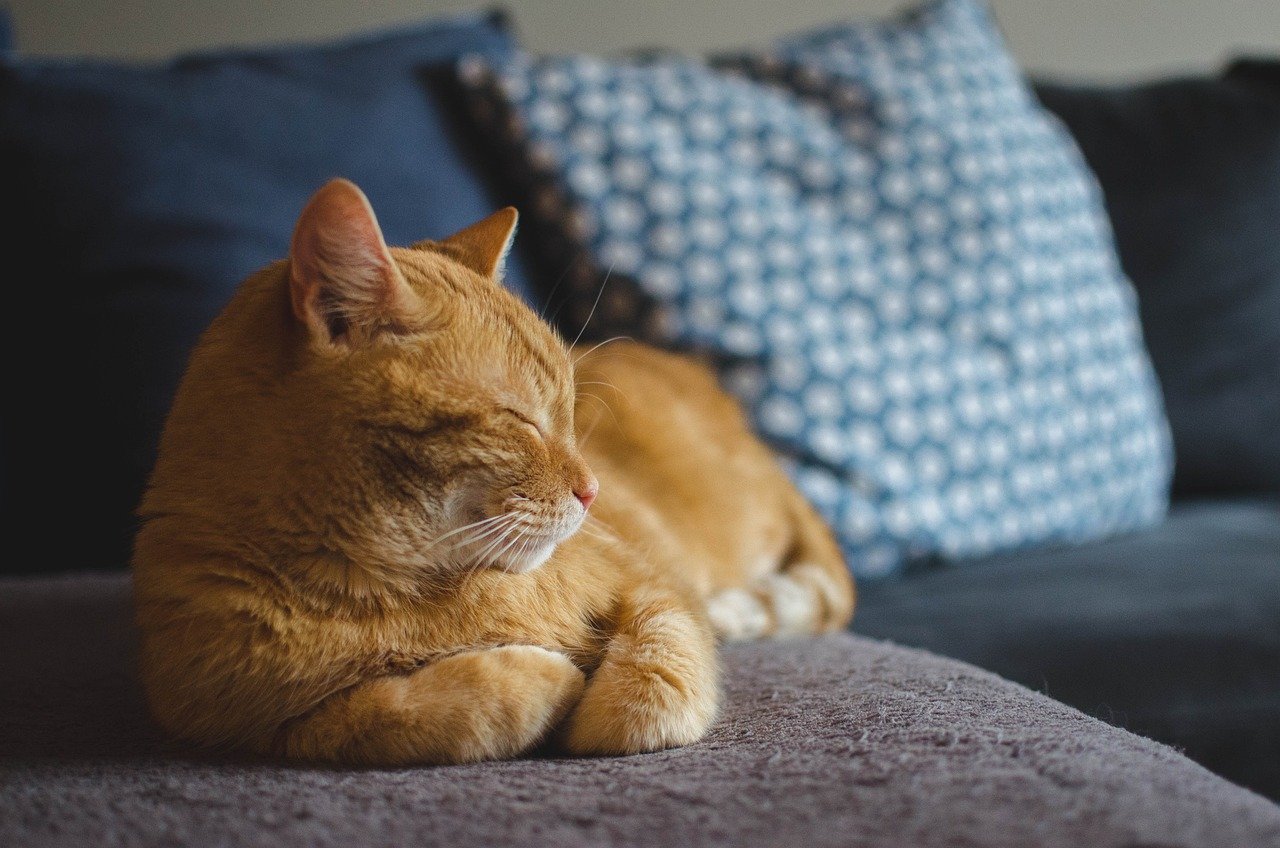
Cats are masters of choosing their company. They don’t feel obligated to interact with everyone—they gravitate toward the people and animals they feel comfortable with. If a visitor doesn’t vibe with them, they simply vanish, no explanations needed. This selectiveness isn’t standoffishness; it’s healthy boundary-setting. Humans often feel pressure to please everyone, but cats remind us that it’s perfectly fine to be choosy about who we let into our emotional space.
Non-Verbal Communication: Actions Speak Louder
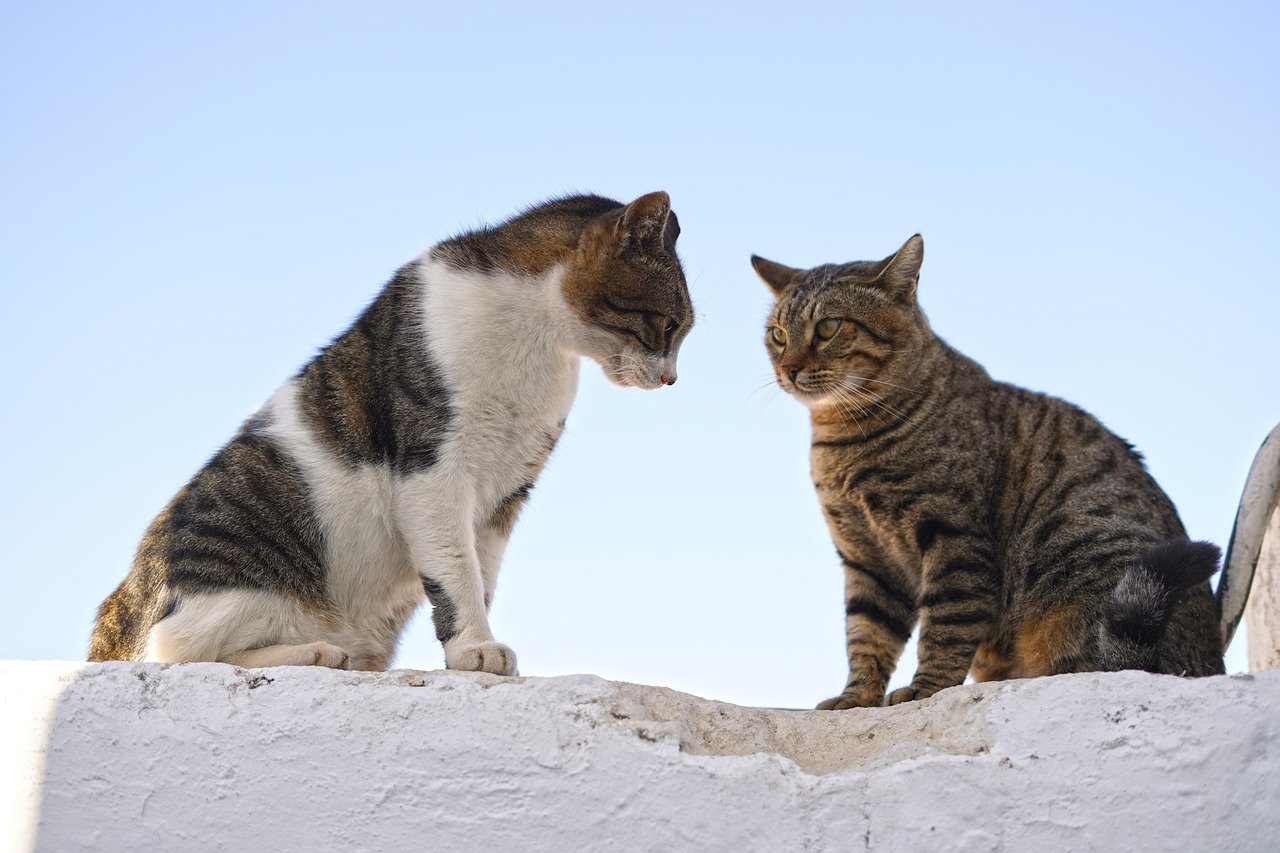
A cat’s language is subtle but powerful. The way they position their bodies, the arch of their back, or even the dilation of their pupils, all communicate their comfort or discomfort. People sometimes ignore their own feelings or hope others will “just know” what they want. Cats, on the other hand, use every tool at their disposal to convey boundaries. Their reliance on non-verbal cues keeps things straightforward and spares them from unnecessary drama.
Detachment in the Face of Drama

When tension rises in a household—perhaps a heated conversation or a sudden commotion—cats rarely get swept up in the drama. Instead, they sit back, calmly observing or slink away to a quieter spot. This emotional detachment isn’t coldness; it’s self-preservation. People often absorb the emotions of those around them, feeling stressed by proxy. Cats show us that it’s okay to step back and protect our inner calm.
Graceful Withdrawal: Knowing When to Leave
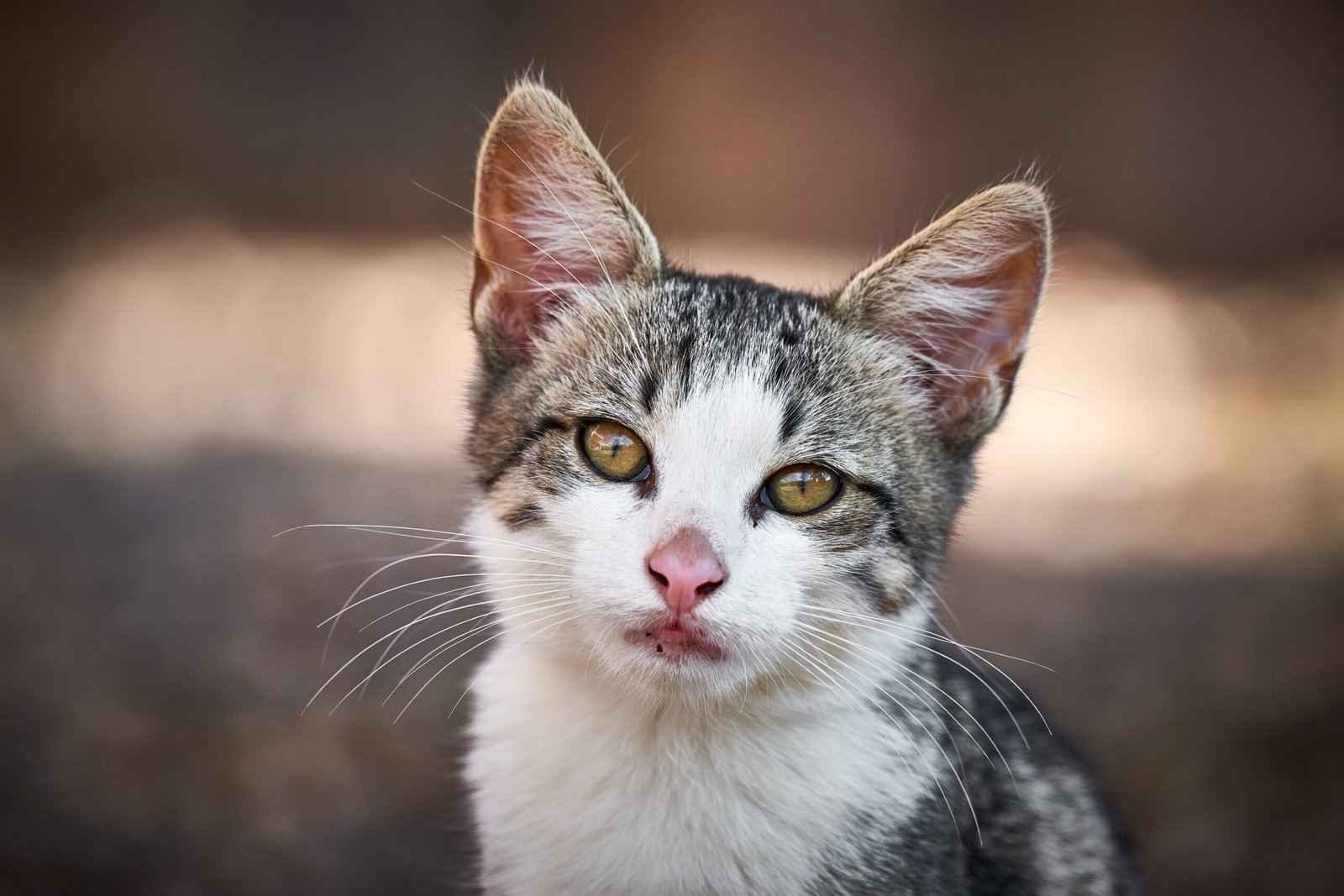
Cats don’t overstay their welcome. When a situation feels overwhelming or uncomfortable, they exit with elegance, no apologies necessary. People, on the other hand, sometimes stick around out of politeness or fear of offending. Cats demonstrate the power of a graceful withdrawal, teaching us that leaving a draining environment is an act of self-love, not selfishness.
Independence as a Core Value

Independence is woven into every whisker of a cat’s being. They relish their autonomy, often preferring to do things their own way. While humans may worry about being perceived as distant or aloof, cats are unconcerned. Their independence is not a barrier to love—it’s simply a healthy respect for their own needs and pace. This attitude can inspire us to value our independence and not lose ourselves in the process of caring for others.
Handling Rejection With Poise

When a cat is rejected—say, shooed off a table or gently removed from a lap—they rarely take it personally. Instead, they saunter off, tail held high, and find another spot to perch. People, conversely, often internalize rejection, letting it chip away at their self-esteem. Cats remind us that rejection doesn’t define our worth. It’s just a sign that it’s time to redirect our energy elsewhere.
Teaching Humans Through Play
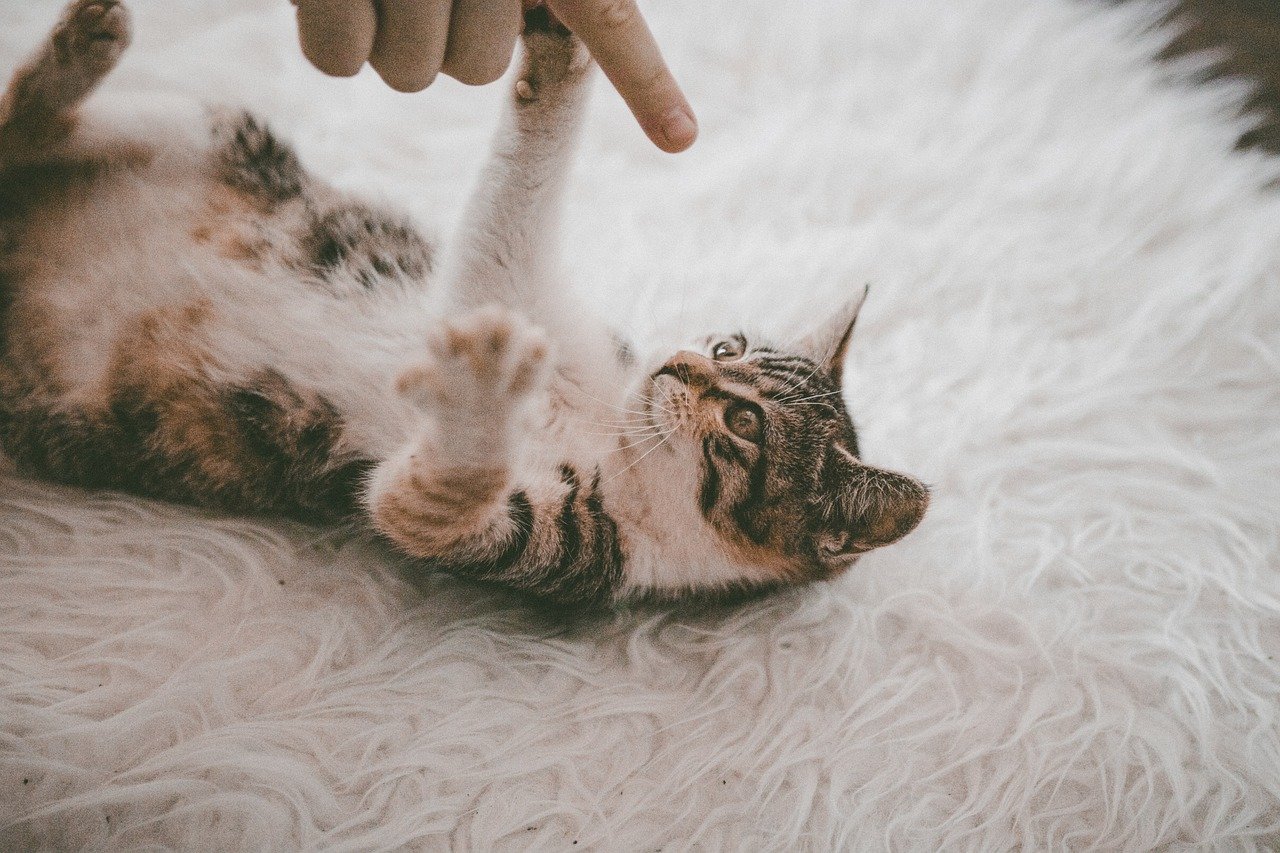
Cats set boundaries during play, too. If the game becomes too rough, they stop or walk away. This teaches us about consent and respecting limits. Playtime with a cat is an ongoing lesson in mutual enjoyment—once the fun stops for one party, it stops for both. Humans sometimes ignore their own discomfort to keep others happy, but cats show us that ending things when it stops feeling good is not only okay, it’s necessary.
Establishing Rituals and Routines

Cats thrive on routine. They eat, nap, and play at set times, and they expect their humans to respect these schedules. This predictability creates a sense of security and reinforces boundaries. People often disrupt their routines for others, leading to stress and fatigue. Adopting cat-like rituals could help us establish healthier boundaries and create more stability in our lives.
Responding to Affection on Their Own Terms

Cats love affection—but only on their terms. Sometimes they seek cuddles, other times they prefer solitude. They don’t force themselves into interactions when they’re not in the mood. This self-awareness is a powerful boundary. People, on the other hand, often feel pressured to reciprocate affection even when they’re not up for it. Cats show us that it’s okay to set limits around physical and emotional closeness.
Reading the Room Instinctively

Cats are incredibly perceptive. They seem to sense when someone needs comfort or, conversely, when it’s best to keep their distance. This intuitive reading of the room helps them navigate social situations with ease. Humans sometimes miss these subtle cues or ignore them, leading to awkward interactions. Cats teach us to trust our instincts and respond accordingly.
Not Taking Responsibility for Others’ Emotions

One of the most remarkable things about cats is their ability to remain detached from others’ emotional turbulence. They can be empathetic—curling up beside a sad human—but they don’t make it their job to fix everything. People often carry the weight of others’ emotions, feeling responsible for making everyone happy. Cats model a healthy detachment that allows them to be present without becoming overwhelmed.
Embracing Change With Caution
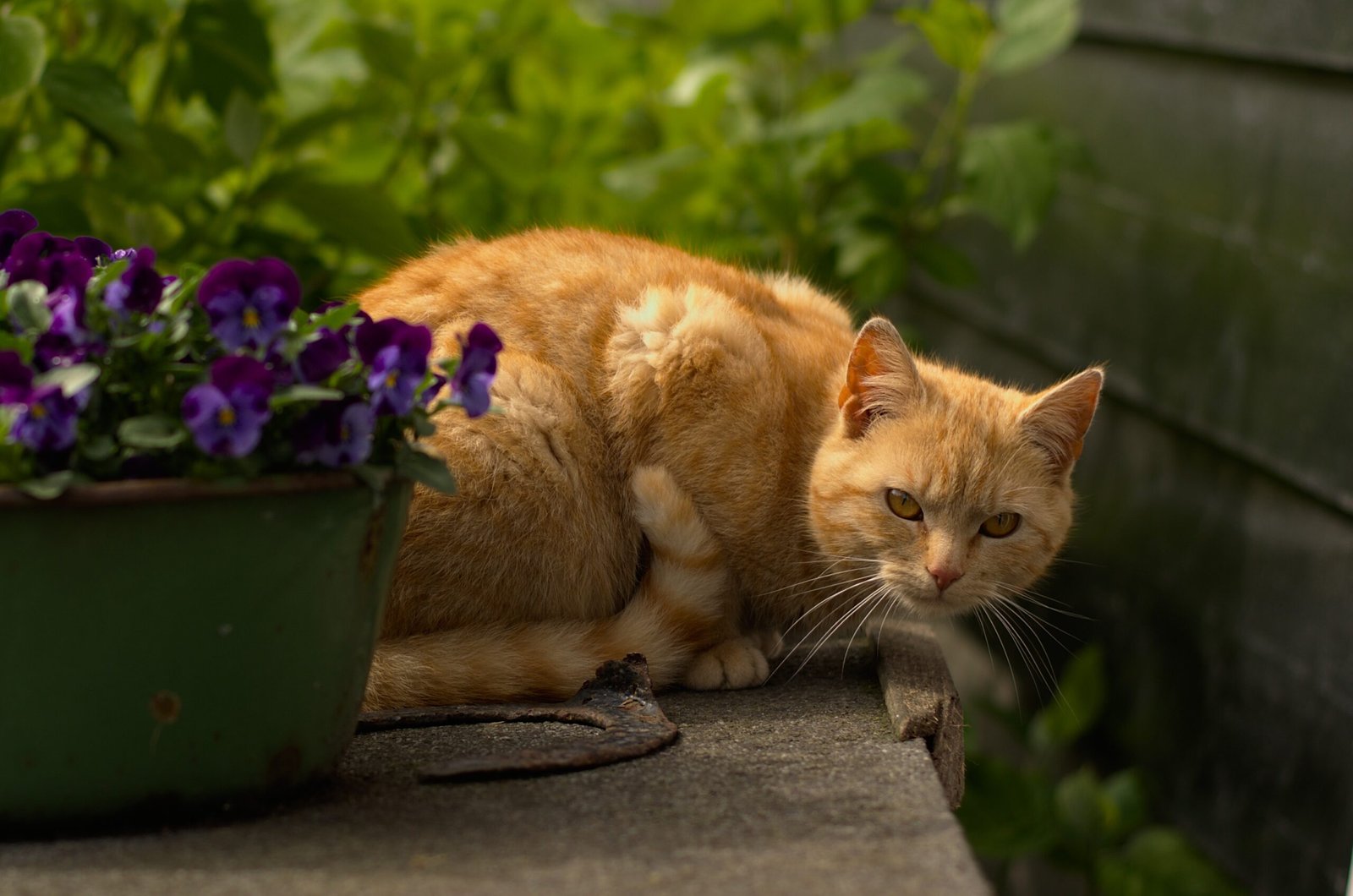
Cats are cautious creatures when faced with change, taking their time to adjust to new environments or routines. They don’t rush into new situations just to please others. People sometimes leap into change for fear of missing out or disappointing someone. Cats remind us that it’s okay to be cautious and prioritize our comfort when facing new experiences.
Defending Their Territory Fiercely
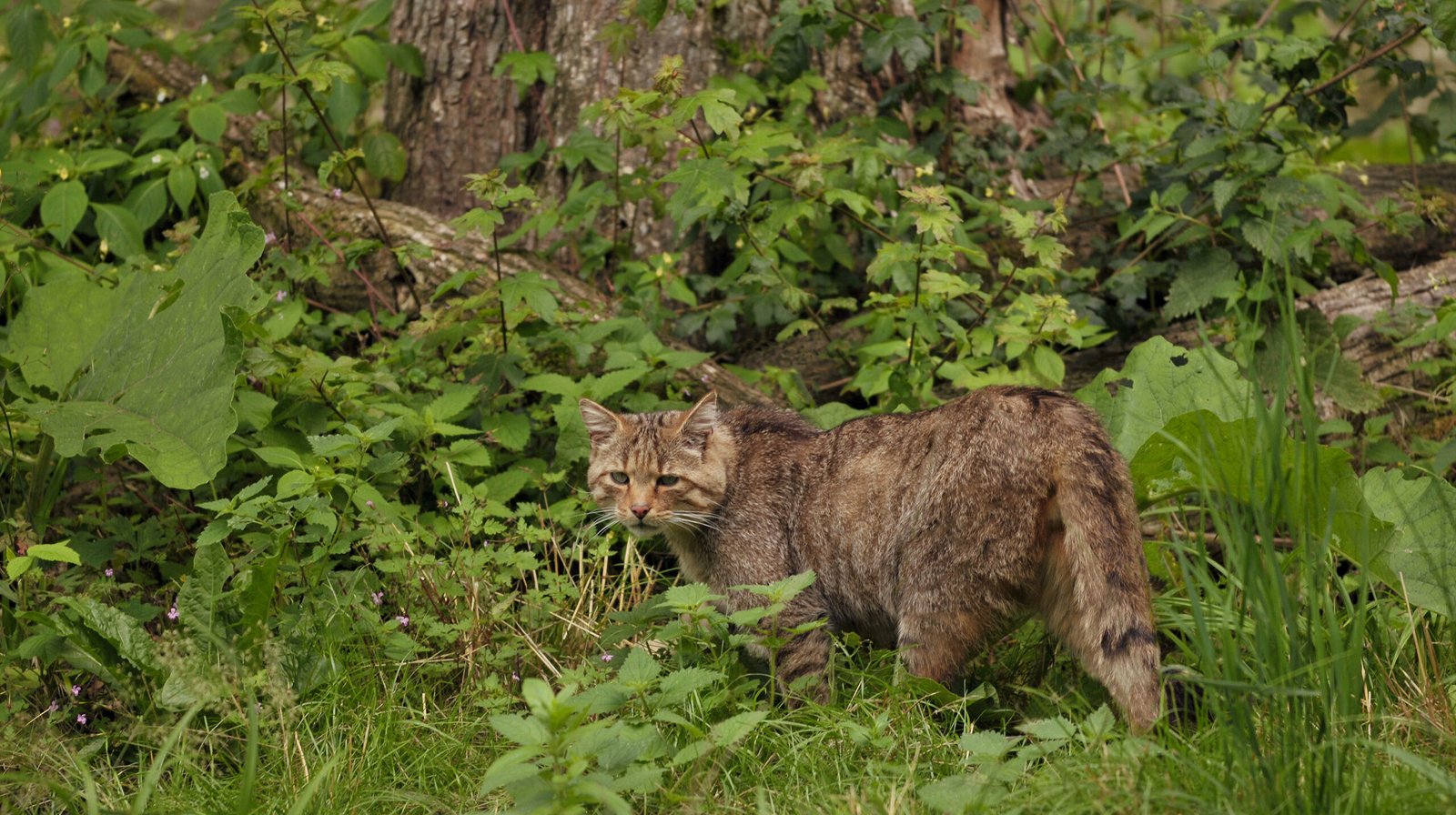
Whether it’s a favorite chair or a sunlit windowsill, cats defend their territory with quiet determination. They make it clear when a boundary is being crossed, often with a warning meow or a swat of the paw. Humans sometimes let their boundaries be overrun to avoid conflict. Cats show us that defending our space—physical or emotional—is not mean; it’s necessary for well-being.
Living in the Moment

Cats are the ultimate Zen masters, fully present in whatever they’re doing. Whether they’re chasing a toy or lounging in the sun, they’re not haunted by the past or anxious about the future. This focus allows them to respond to their needs in real-time, setting boundaries as situations unfold. Humans can get tangled up in regrets or worries, making it hard to tune into their current needs. Cats inspire us to live more mindfully and set boundaries based on the present moment.
Knowing When to Seek Help
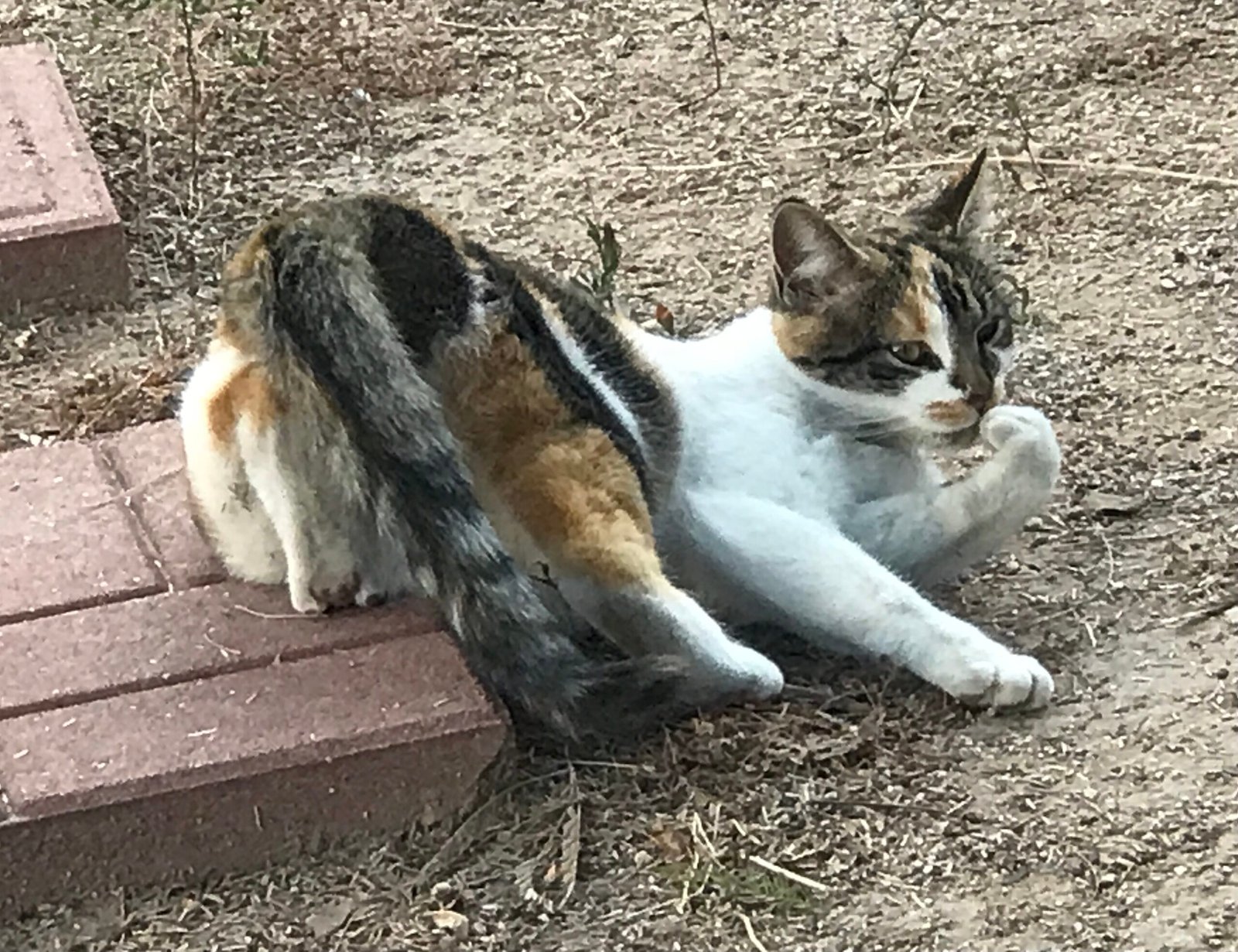
Even the most independent cat knows when to seek help—whether it’s a gentle meow for food or a paw on your lap for attention. They don’t see asking for help as a weakness. People often struggle with admitting they need support, fearing judgment. Cats remind us that seeking help when necessary is part of maintaining healthy boundaries and self-care.
Being Unapologetically Themselves

Perhaps the most inspiring thing about cats is that they are unapologetically themselves. They don’t try to fit in or please everyone. Their authenticity is magnetic, drawing people in without any effort. Humans can get caught up in trying to conform, losing sight of who they are. Cats show us the power of embracing our quirks and living true to ourselves.
Setting the Tone at Home

Cats often set the emotional tone in a household. Their calm, steady presence can soothe frazzled nerves and create a peaceful environment. They aren’t afraid to retreat if things get too loud or overwhelming, and their boundaries influence those around them. People sometimes let chaotic energies take over their homes, but cats demonstrate that maintaining boundaries can foster a more harmonious atmosphere.
Loyalty Without Codependency
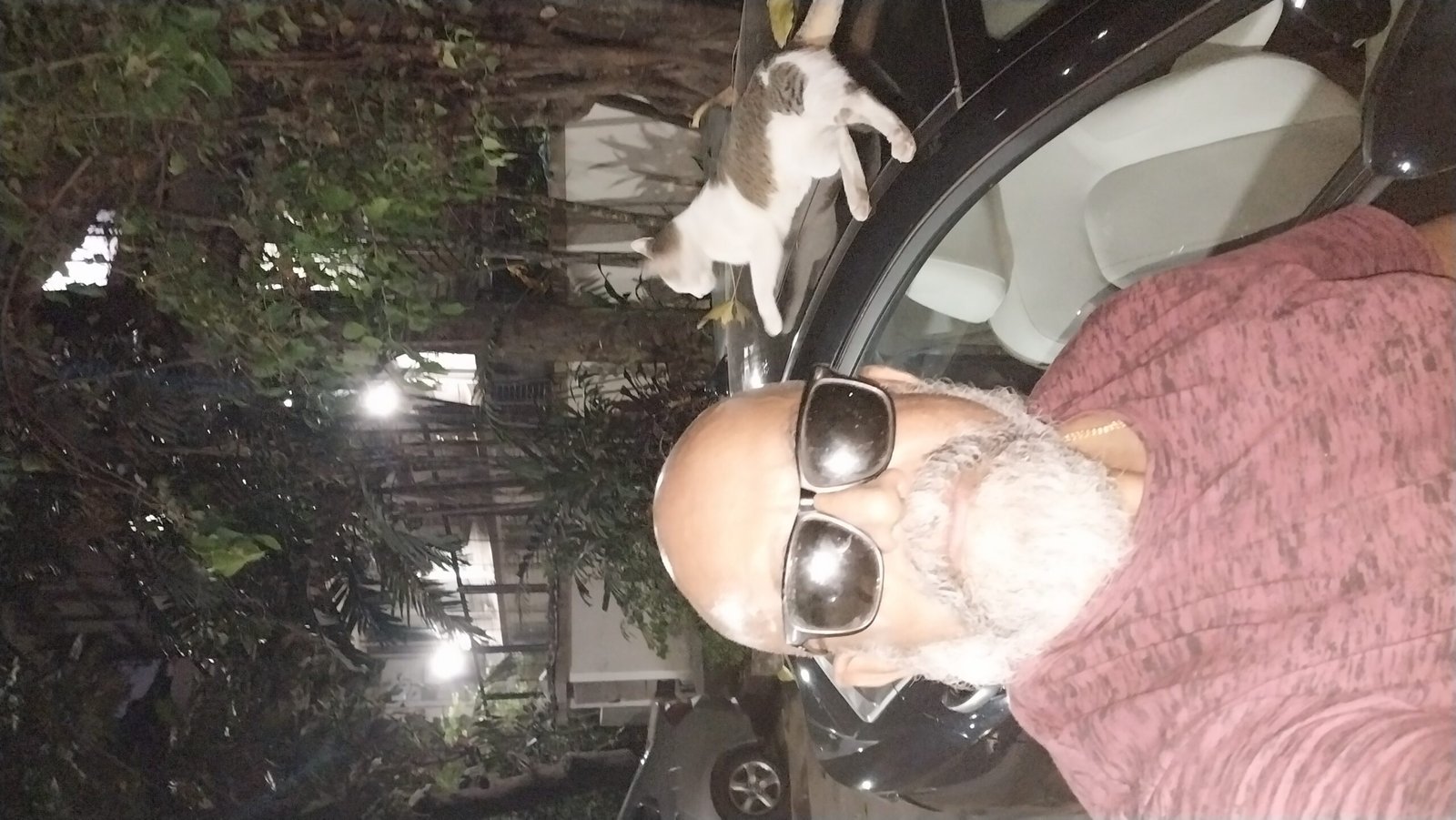
Cats are loyal companions, but they don’t become emotionally enmeshed with their owners. They love fiercely, but maintain their independence. This balance is something many people strive for in relationships. Cats show us that it’s possible to be deeply connected without losing ourselves in the process. Their loyalty is a choice, not a compulsion, and that makes it all the more meaningful.
Hi, I’m Bola, a passionate writer and creative strategist with a knack for crafting compelling content that educates, inspires, and connects. Over the years, I’ve honed my skills across various writing fields, including content creation, copywriting, online course development, and video scriptwriting.
When I’m not at my desk, you’ll find me exploring new ideas, reading books, or brainstorming creative ways to solve challenges. I believe that words have the power to transform, and I’m here to help you leverage that power for success.
Thanks for stopping by, Keep coming to this website to checkout new articles form me. You’d always love it!






